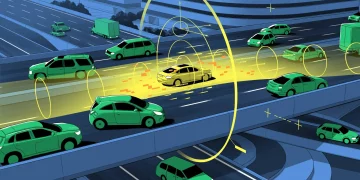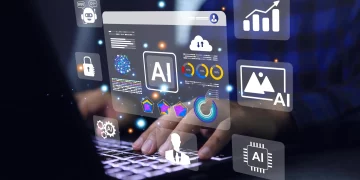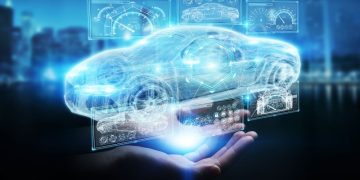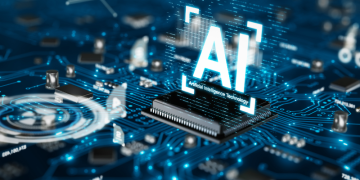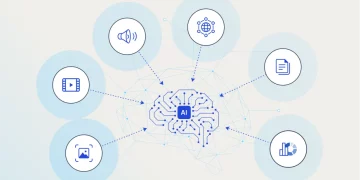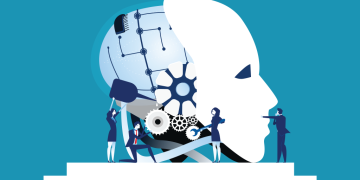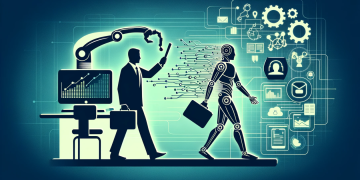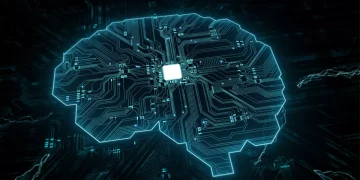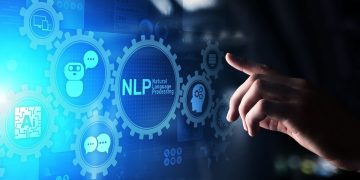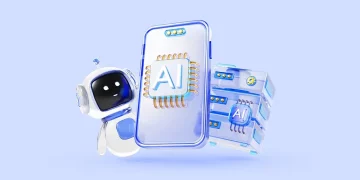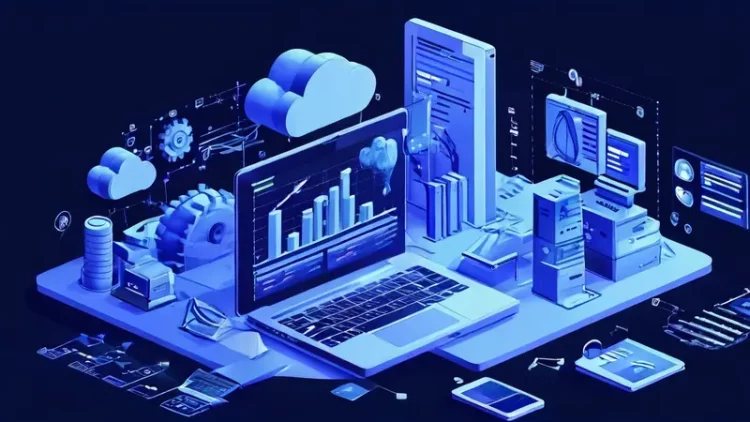Over the past decade, deep learning has evolved from an academic curiosity into a foundational pillar of modern artificial intelligence. From computer vision to natural language processing, it has powered everything from virtual assistants and recommendation engines to autonomous vehicles and scientific discovery. But recent breakthroughs suggest that deep learning is entering a new era—one that could fundamentally redefine what intelligent systems are capable of.
This article explores the most significant advances in deep learning, the emerging architectures and techniques behind them, and how they are reshaping the capabilities of intelligent systems across industries and domains.
1. From Pattern Recognition to Reasoning and Generalization
Traditional deep learning systems excelled at pattern recognition—classifying images, transcribing speech, or detecting sentiment. However, they struggled with abstraction, reasoning, and adaptation to new contexts. Recent innovations are beginning to close this gap.
Transformers, introduced in 2017, have become the foundation of large-scale language models and multimodal systems. These models, such as GPT-4, Claude, Gemini, and others, can perform complex reasoning, understand long-range dependencies, and generate coherent language, code, and even images. More recent models have demonstrated:
- In-context learning: Learning from examples given in a prompt without explicit parameter updates
- Chain-of-thought prompting: Decomposing problems into intermediate reasoning steps
- Multimodal understanding: Integrating visual, auditory, and textual information into unified representations
These advances mark a shift from narrow, task-specific models toward general-purpose intelligent systems that can adapt to diverse applications.
2. Scaling Laws and Emergent Behaviors
One of the defining trends in modern deep learning is the discovery of scaling laws—the empirical observation that model performance improves predictably as data, model size, and computation increase.
As models grow larger (with hundreds of billions of parameters) and are trained on more diverse data, they begin to exhibit emergent behaviors not present in smaller models. These include:
- Zero-shot and few-shot learning
- Tool use (e.g., calling APIs, using calculators)
- Basic logical reasoning and planning
- Cross-domain knowledge transfer
These emergent capabilities are redefining how we think about intelligence—not as a static function, but as a spectrum of behaviors that arise at scale. This shift is pushing AI researchers to rethink benchmarks, evaluation metrics, and training paradigms.
3. Foundation Models and Transferable Intelligence
Another profound development is the rise of foundation models—large pretrained models that serve as a base for many downstream tasks. Instead of building custom models for each application, developers now fine-tune or prompt a single foundation model to perform a wide variety of tasks.
This architecture enables:
- Rapid deployment across domains (e.g., law, medicine, engineering)
- Lower data requirements for specific applications
- Continuous improvement through reinforcement learning or online learning
With this paradigm, intelligent systems can exhibit transferable intelligence—the ability to apply knowledge and skills learned in one context to another, much like humans do. This is a crucial step toward artificial general intelligence (AGI).
4. Advances in Training Efficiency and Architecture
While much of the focus has been on scale, recent breakthroughs in efficiency are equally transformative. Techniques such as:
- Mixture of Experts (MoE): Activating only a subset of the model per input to reduce computational cost
- Sparse attention mechanisms: Improving memory efficiency for long-context processing
- Low-rank adaptation (LoRA) and parameter-efficient tuning: Making fine-tuning faster and more accessible
- Self-supervised learning: Leveraging unlabelled data at scale
These innovations allow intelligent systems to be trained and deployed more affordably, even on edge devices or smaller hardware configurations. The result is a new wave of distributed and personalized AI systems.
5. Multimodality and Embodied Intelligence
Deep learning is moving beyond text and images toward multimodal learning, where systems can process and generate information across modalities—text, image, audio, video, and even robotics inputs.
Recent models like GPT-4o and Gemini integrate vision and audio alongside text, enabling:
- Visual question answering
- Speech-to-text-to-action pipelines
- Real-time multimodal interactions with users
- Enhanced perception in robotics
In robotics and embodied AI, deep learning is powering systems that can learn from video demonstrations, simulate physical environments, and adapt to real-world conditions. This enables smarter autonomous agents, from drones and factory arms to household robots.
6. Cognitive and Neurosymbolic Integration
To expand the scope of what AI can reason about, researchers are increasingly combining deep learning with symbolic reasoning and structured memory systems.
Neurosymbolic systems integrate the statistical learning of neural networks with the explicit logic and rules of symbolic AI. This allows intelligent systems to:
- Perform logical inference
- Understand causality
- Navigate hierarchical structures
- Answer questions that require structured reasoning
Such integration is paving the way for systems that can reason like humans—not just recognize patterns, but interpret them within abstract, logical frameworks.

7. Safety, Alignment, and Interpretability
As intelligent systems become more capable, the need to ensure they behave safely, ethically, and transparently is more urgent than ever.
Recent progress includes:
- AI alignment research: Aligning model outputs with human intentions, values, and norms
- RLHF (Reinforcement Learning from Human Feedback): Teaching models via curated preferences and responses
- Interpretability tools: Visualizing neuron activations, attention weights, and latent representations
- Controllability frameworks: Techniques to steer and constrain model behavior during deployment
These tools are essential to making advanced deep learning systems accountable, trustworthy, and reliable, especially in high-stakes domains like healthcare, law, and finance.
8. Applications: Redefining What Intelligent Systems Can Do
The convergence of these breakthroughs is producing intelligent systems with dramatically expanded capabilities:
- Education: AI tutors that adapt in real-time to student needs
- Healthcare: AI assistants for diagnosis, medical imaging, and drug discovery
- Legal and Financial Services: Document analysis, case reasoning, and compliance monitoring
- Creative Work: Generative tools for writing, music, video, and art
- Scientific Research: Accelerated hypothesis generation, data analysis, and simulation
In each domain, deep learning is enabling systems not just to support human decision-making, but in some cases to extend the frontier of human capability itself.
9. The Future: From Capable to Adaptive Intelligence
The trajectory of deep learning is moving from capability (what AI systems can do) to adaptability (how they learn, generalize, and evolve). The next generation of intelligent systems will likely exhibit:
- Lifelong learning
- Personalization at scale
- Context-aware decision-making
- Collaborative interaction with humans
These systems will not only be tools, but increasingly partners in cognition, enabling new forms of human–AI collaboration across disciplines.
Conclusion
Breakthroughs in deep learning are fundamentally redefining the nature and limits of intelligent systems. From scalable reasoning and multimodal perception to efficient training and symbolic integration, today’s advancements are transforming AI from a collection of narrow models into flexible, adaptive systems that can learn, reason, and act in complex environments.
As these technologies continue to evolve, they will not only reshape industries but redefine how intelligence itself is understood and implemented. The future of AI will be shaped as much by deep learning’s continued progress as by the frameworks—technical, ethical, and societal—that guide its use.



